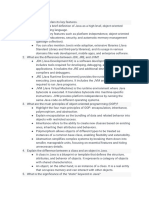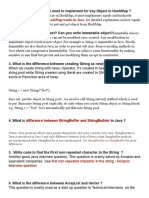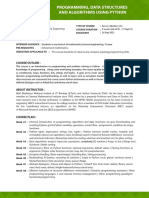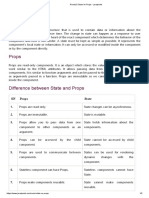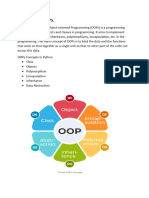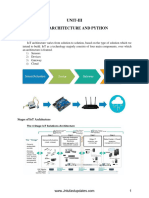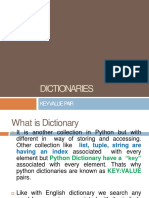0% found this document useful (0 votes)
11 views8 pagesJava 5
The document provides a comprehensive overview of Java programming, covering its features, principles of Object-Oriented Programming, and key concepts such as JDK, JRE, JVM, and memory management. It also discusses advanced topics like exception handling, synchronization, Java Collections Framework, and design patterns. Additionally, it includes explanations of Java annotations, lambda expressions, and the Java Memory Model, among other essential Java concepts.
Uploaded by
mankarsarang934Copyright
© © All Rights Reserved
We take content rights seriously. If you suspect this is your content, claim it here.
Available Formats
Download as PDF, TXT or read online on Scribd
0% found this document useful (0 votes)
11 views8 pagesJava 5
The document provides a comprehensive overview of Java programming, covering its features, principles of Object-Oriented Programming, and key concepts such as JDK, JRE, JVM, and memory management. It also discusses advanced topics like exception handling, synchronization, Java Collections Framework, and design patterns. Additionally, it includes explanations of Java annotations, lambda expressions, and the Java Memory Model, among other essential Java concepts.
Uploaded by
mankarsarang934Copyright
© © All Rights Reserved
We take content rights seriously. If you suspect this is your content, claim it here.
Available Formats
Download as PDF, TXT or read online on Scribd
/ 8



